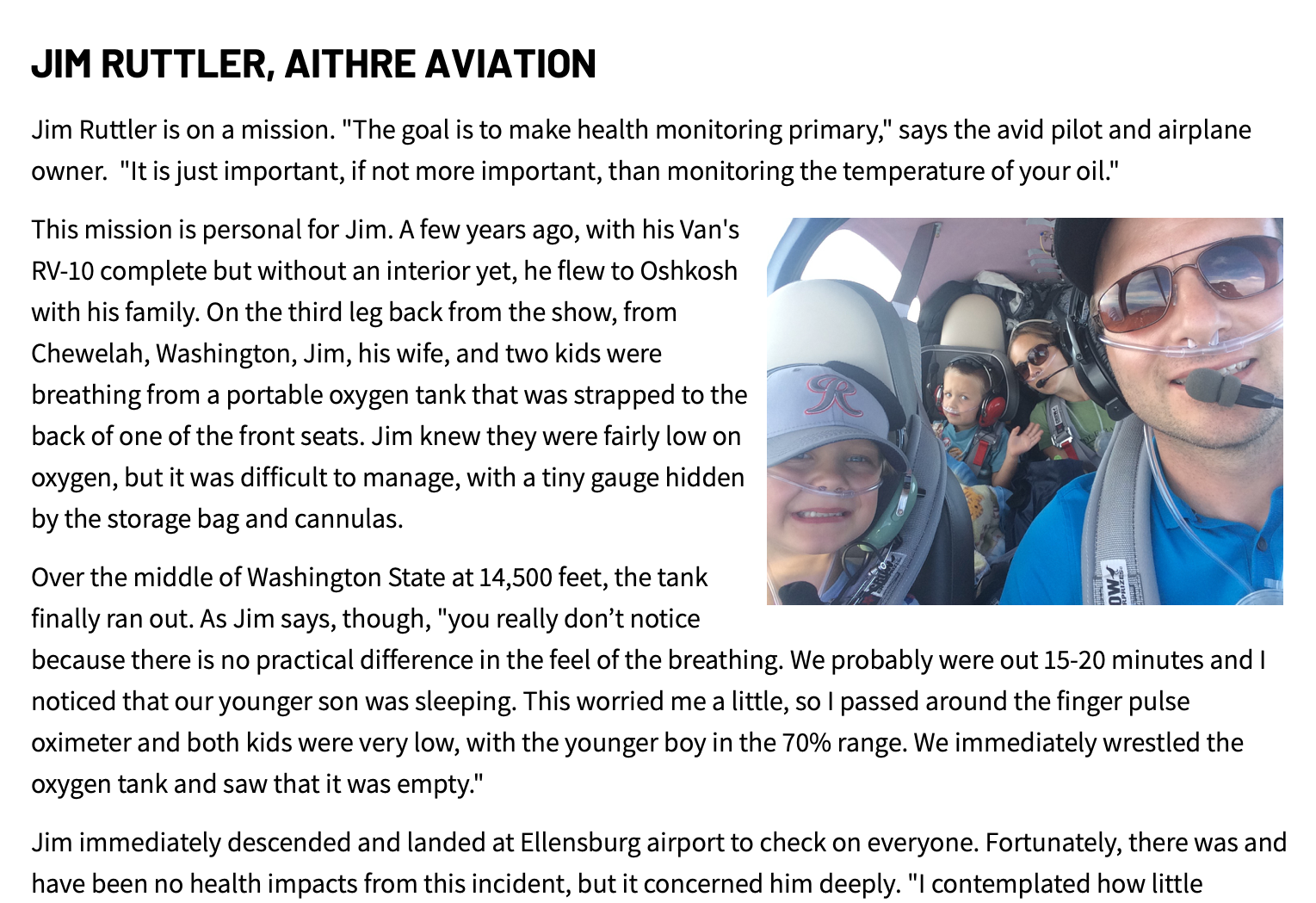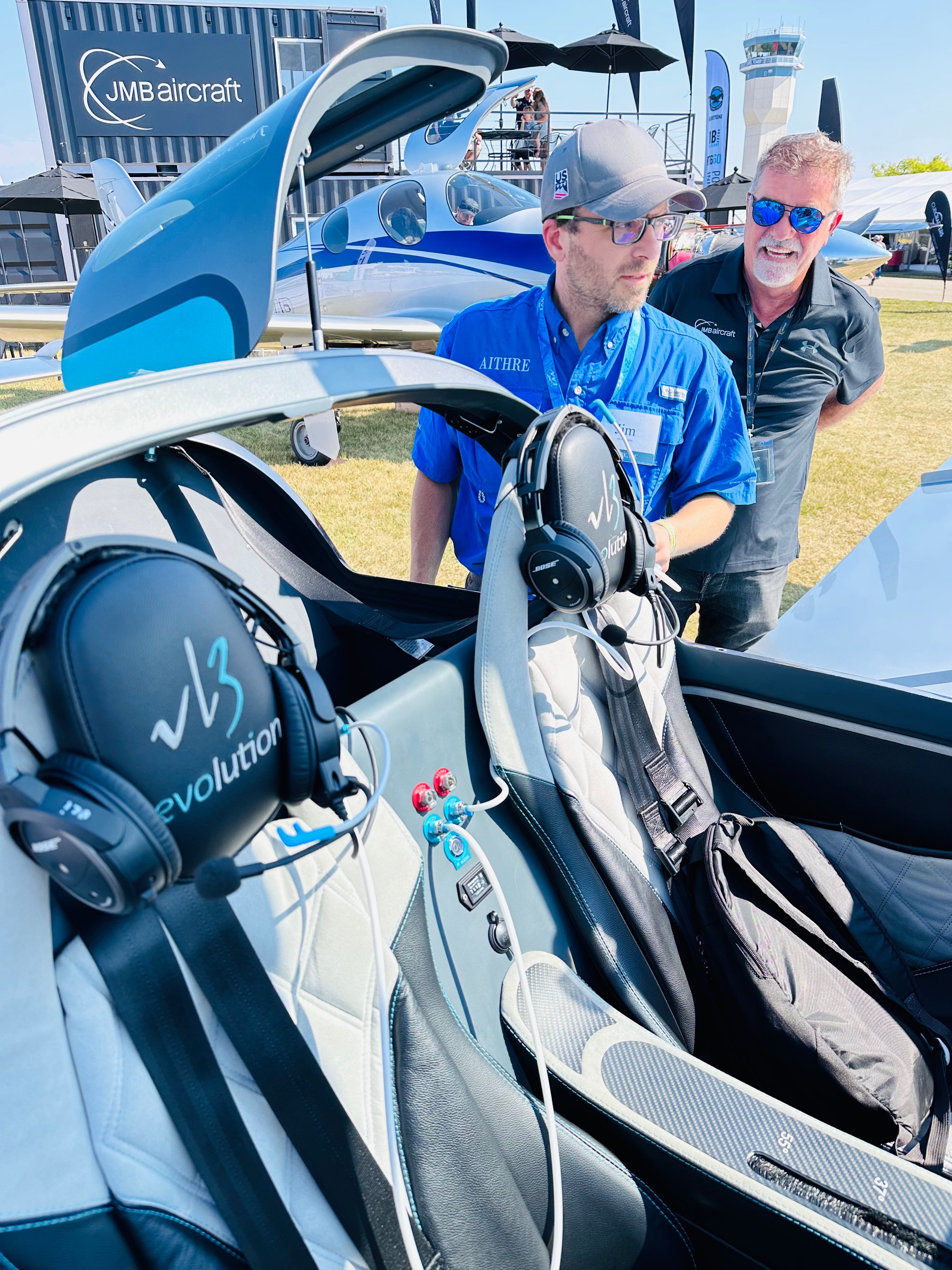I was a fighter pilot in the USAF for approximately 27 years. I actually flew for about 20 of those years, having time in all models of the F-4 and in the F-15E. When actively flying in the USAF, you are required to go to the altitude chamber every three years. Having spent most of my USAF career wearing an oxygen mask and going to the altitude chamber every three years, hypoxia is something that I am always cognizant of when flying.
The focus in the Air Force for altitude chamber is to identify individual physiological responses and the pilot's ability to function in low/no oxygen environments. The chamber is designed to simulate low/no oxygen emergency situations and provide a baseline for a the pilot to recognize symptoms and take action before catastrophic consequences.
I currently fly professionally in civilian aviation and the same principles apply in GA flight. Chamber training is available to all licensed pilots at several static and traveling altitude chambers throughout the year. For example you can get time in the chamber for free at the FAA hangar at Oshkosh, AirVenture. (just make sure to get your name on the list early, as it fills up quick!) The FAA Civil Aerospace Medical Institute (CAMI) offers training courses with chamber time at the Mike Monroney Aeronautical Center in Oklahoma City. The NASTAR Center in Southhampton, PA also offers similar civilian training courses.
 Since moving into the civilian world and flying some GA in my son's RV-10 and especially since working on Aithre products, it is my observation that general aviation pilots do not share that same knowledge. I worry that hypoxia does not get the respect or monitoring that it should. This is not an indictment of GA pilots, rather it is more of an issue that is not taught in flight schools as it should be, especially considering the output of certified and experimental planes that have the potential to really push the altitude and performance capabilities generally not covered in ground school text books for the average Cessna 152 trainer. Hence it is my strong belief that you, as the pilot, must self educate to protect yourself and your passengers.
Since moving into the civilian world and flying some GA in my son's RV-10 and especially since working on Aithre products, it is my observation that general aviation pilots do not share that same knowledge. I worry that hypoxia does not get the respect or monitoring that it should. This is not an indictment of GA pilots, rather it is more of an issue that is not taught in flight schools as it should be, especially considering the output of certified and experimental planes that have the potential to really push the altitude and performance capabilities generally not covered in ground school text books for the average Cessna 152 trainer. Hence it is my strong belief that you, as the pilot, must self educate to protect yourself and your passengers.
I hope to motivate you to seek this self-education, which is especially important if you are operating an aircraft that can easily operate above 10,000 feet. Most people/pilots believe that the FAA rules will protect them, but this is not necessarily true when you consider that they are merely guidelines with respect to high altitude flying. These guidelines don't take into account your health, age, your level of fatigue, day or night, cockpit stressors, etc. Understanding your own baseline on the ground versus your response to low oxygen (and or combined with presence of carbon monoxide) and high altitude is one way to combat and recognize when and if you need to take actions.
Another misconception is that you will be able to recognize the onset of hypoxia symptoms and then take appropriate action. As hypoxia case studies (ATC audio) and my own chamber observations indicate, this is not true, and it is not something you should bet your life and the lives of your passengers on. The only way you can know where you are on the slippery slope of hypoxia is to continuously monitor your own (and preferably that of your passengers) Oxygen levels through SPO2 readings. Think of the little finger sensor the nurse used at the doctor's office. Although this tool in flight is better than not monitoring at all, it hardly suffices. Not only must you remember to put it on and pass it around the cabin, which will not happen when your SPO2 reading and cognitive ability is impaired. But since it is difficult to continuously monitor on your finger while performing the work load required in flight you will miss the overall trend that is occurring
 I am biased, but Aithre has a headset mounted oximeter that is convenient and accurate. It allows you to continuously monitor you SPO2 and you can maintain an individual history so recognizing changes is easy. You can simultaneously monitor up to 6 oximeter users at the same time! Regardless of your interest in our products, if you fly above 10,000 cabin altitude, please educate yourself on hypoxia. It could save your life and the lives of your loved ones. Our website is a good place to start that education.
I am biased, but Aithre has a headset mounted oximeter that is convenient and accurate. It allows you to continuously monitor you SPO2 and you can maintain an individual history so recognizing changes is easy. You can simultaneously monitor up to 6 oximeter users at the same time! Regardless of your interest in our products, if you fly above 10,000 cabin altitude, please educate yourself on hypoxia. It could save your life and the lives of your loved ones. Our website is a good place to start that education.
Here are a few really great articles on hypoxia:
Flying Magazine: High-Altitude Flying: What You Need to Know
AOPA: High Altitude Flying ; AOPA: Hypoxia: Insidious Emergency
FAA: Aviation Safety Courses available through the FAA
Plane & Pilot: Fly High Unpressurized






